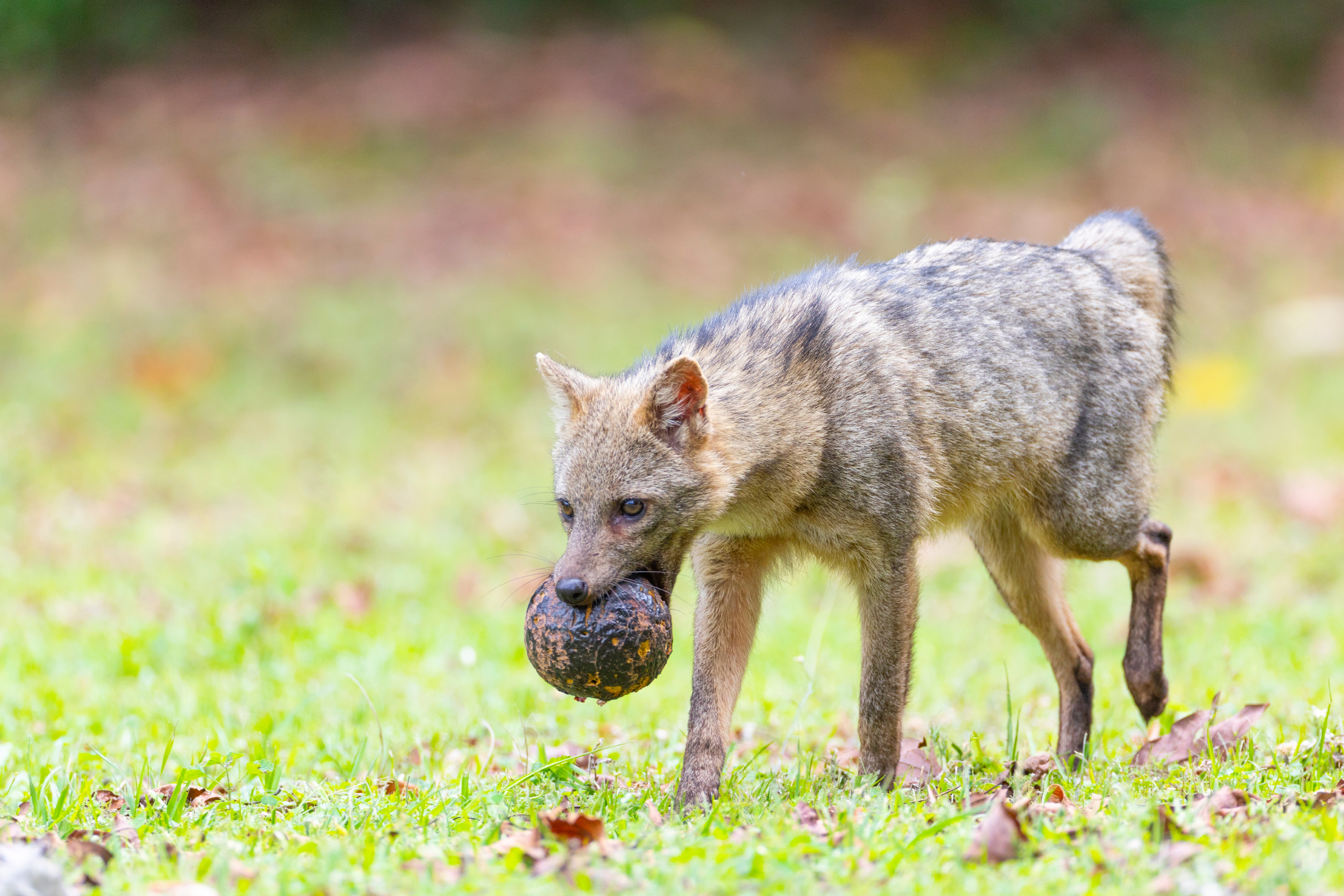A species’ common name can often be misleading. Koala bears aren’t bears, starfish aren’t fish, and the mountain chicken is actually a frog. So naturally, when we first heard the name “crab-eating foxes” (Cerdocyon thous), we were a little bit skeptical as to whether they really lived up to their moniker.
The rest of this article is behind a paywall. Please sign in or subscribe to access the full content.
We’ll start off where these animals fall down – they aren’t “true foxes”. That title only goes to canids belonging to the genus Vulpes, the group that includes the classic red fox, Arctic fox, and despite its bizarrely square head, the Tibetan fox too. It’s easy to see where the confusion comes from though; they have many features that are fox-like, including long, bushy tails.
However, you’ll be glad to know that this name is at least a bit literal, in the sense that these foxes really do eat crabs. During the wet season, they scour South America’s llanos – vast grasslands that turn into muddy floodplains with the rain – for crabs and other crustaceans that appear in the newly risen waters.
But crabs aren’t the only things that they eat – otherwise they’d probably be a bit hungry for the dry part of the year. Crab-eating foxes are thought to be opportunistic omnivores that will snack on many things that come their way, including plants, insects, carrion, and even, on occasion, bats.

They might like a crab, but they don’t mind fruit either.
Image credit: Pablo Rodriguez arg/Shutterstock.com
Not being fussy about their food may well be one of the reasons why crab-eating foxes have one of the widest ranges of all of the canids. They’re found in 12 South American countries, and though they might be famous for their lowland crabbing antics, they can also be found in coastal and highland habitats.
They’re common throughout this region, and although it’s worth noting that there’s currently no accurate estimate of their population size, it is thought to be stable. As such, the IUCN considers them to be a species of “Least Concern”, though that’s not to say that crab-eating foxes don’t face any threats.
The primary potential hazard to these not-actually-foxes is other canids – specifically, domestic dogs and the pathogens that they carry. Being opportunistic feeders, crab-eating foxes are known to look in park bins for snacks, putting them in close proximity to dogs out walking and playing nearby. These dogs might not be vaccinated against common pathogens, and that presents an opportunity for spillover, where a pathogen – like a virus – is able to spread from one host species to a new one.
Source Link: Do Crab-Eating Foxes Actually Eat Crabs?